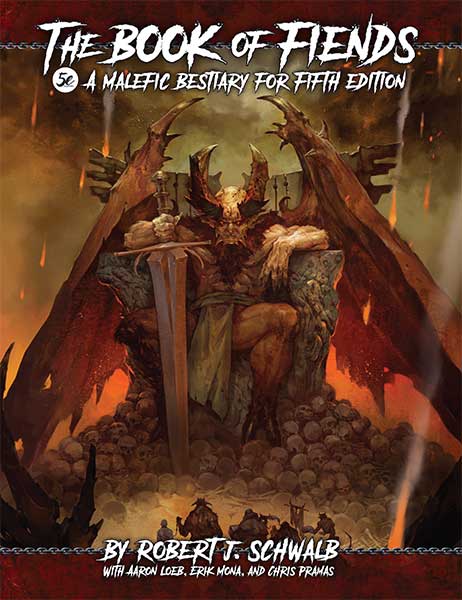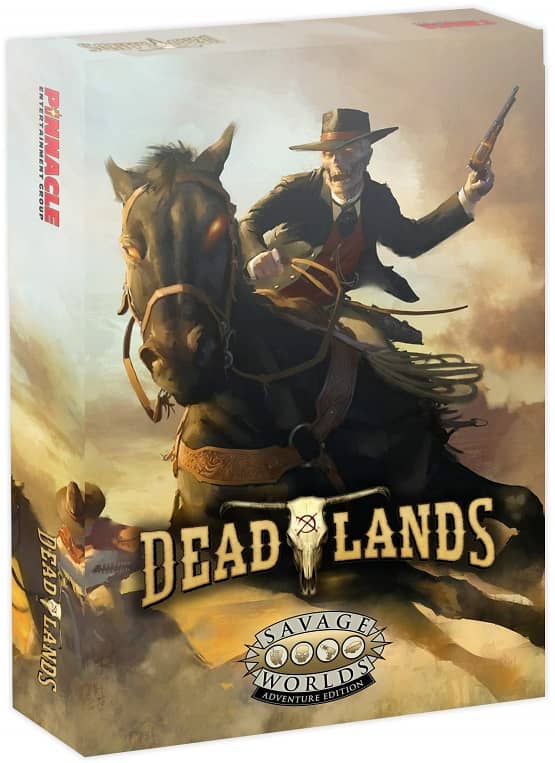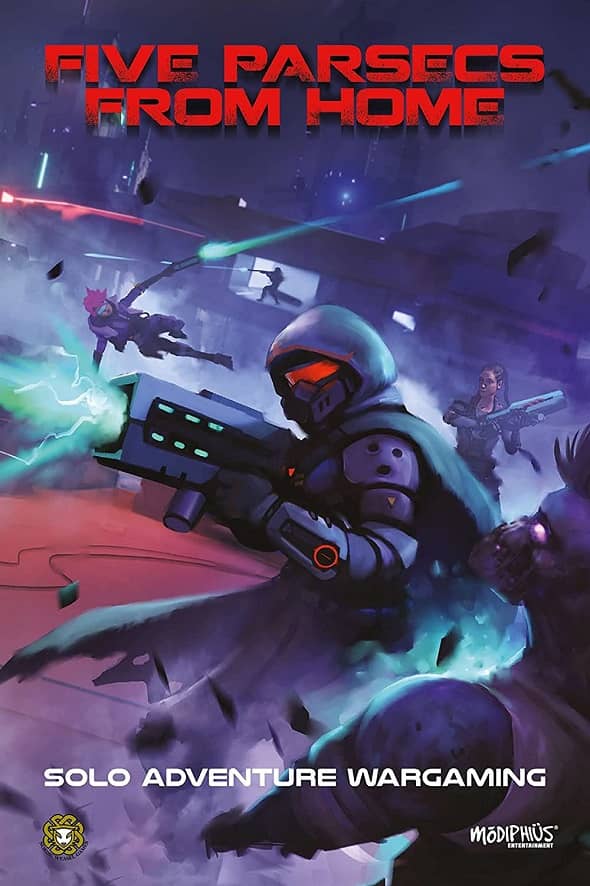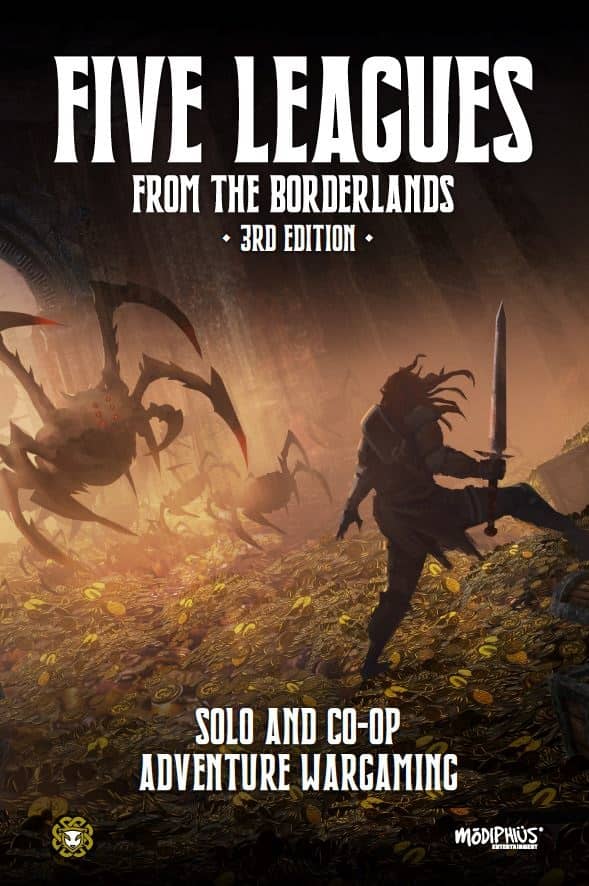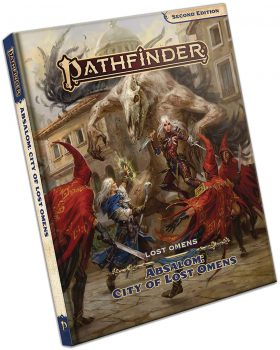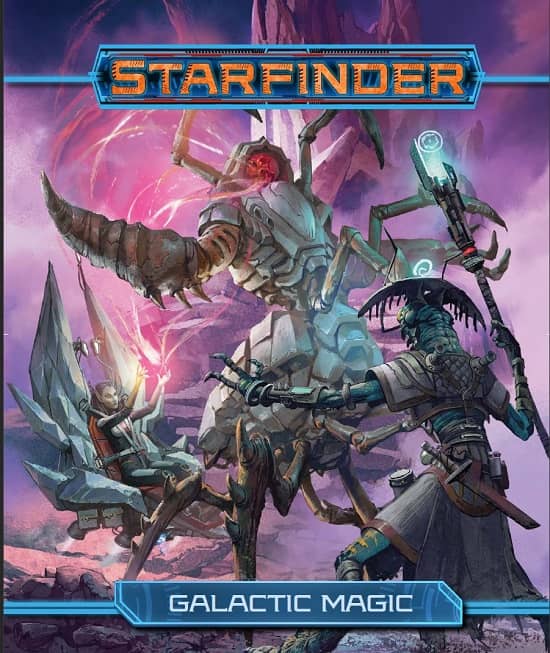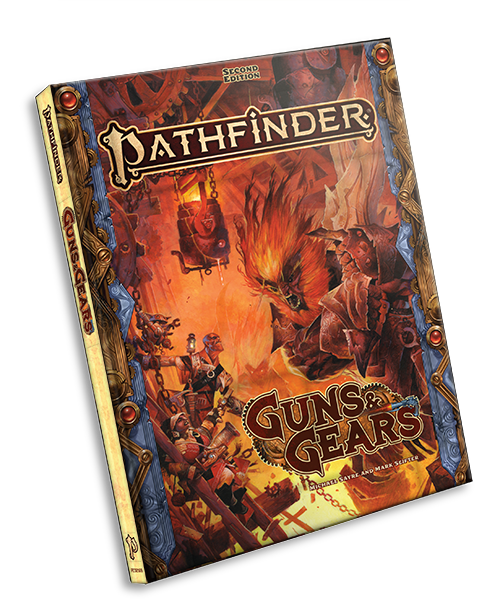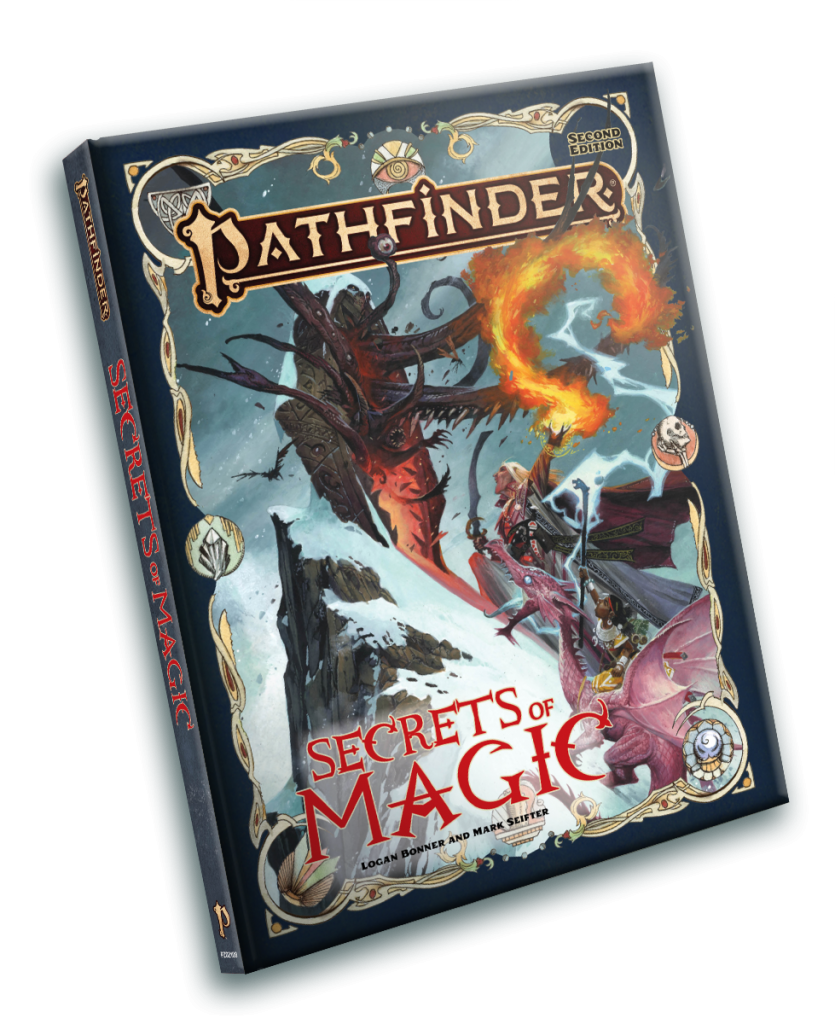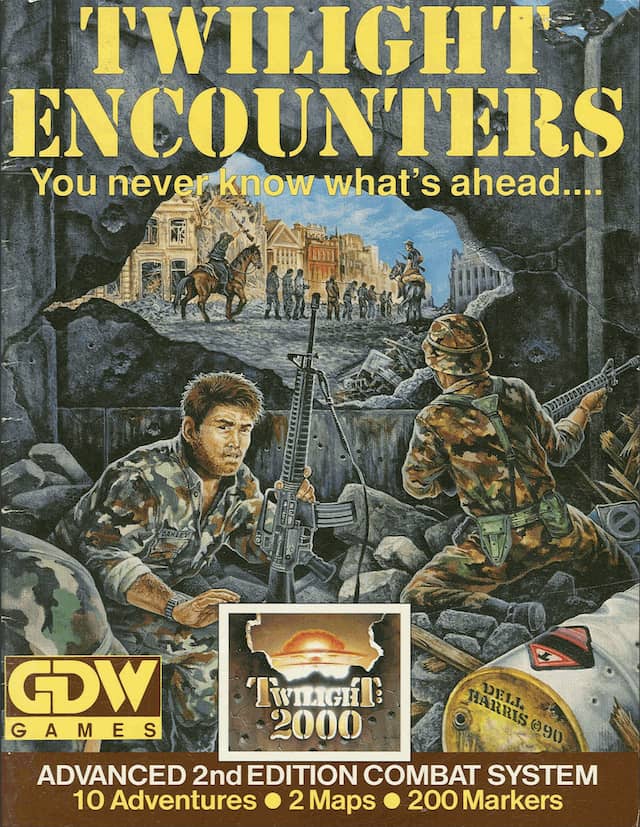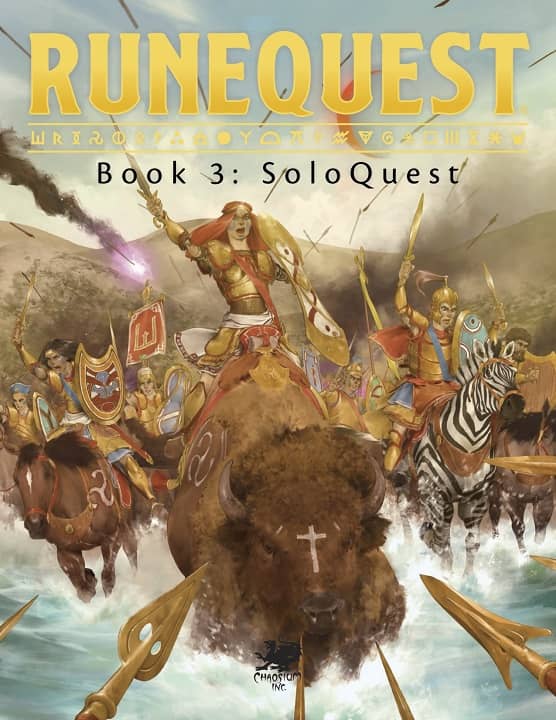The Return of Lone Wolf by Joe Dever
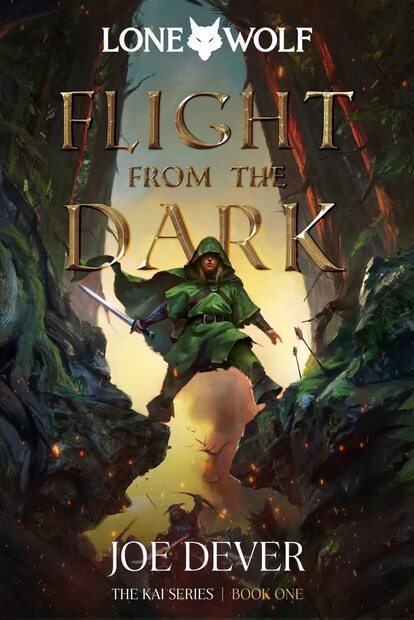 |
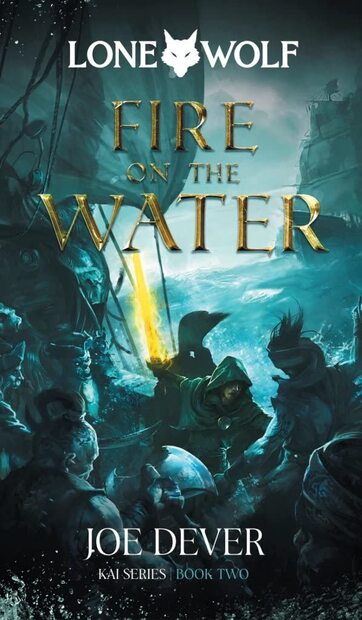 |
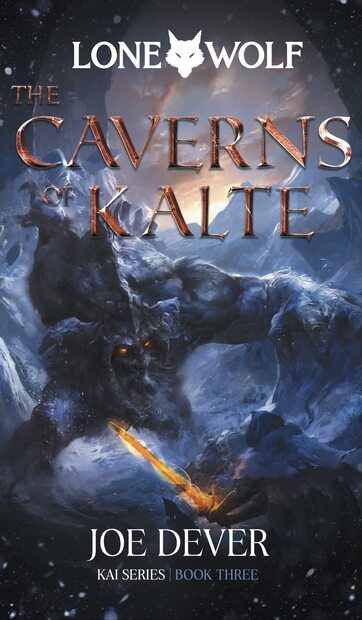 |
Lone Wolf Definitive Editions, Volumes 1-3 (Holmgard Press). Covers by Alberto Dal Lago
Joe Dever started playing Dungeons and Dragons in 1976, barely three years after the first copies appeared in game shops in Lake Geneva. In 1984 he published his first Lone Wolf solo fantasy game book, Flight from the Dark; it became an international bestseller and launched a publishing phenomenon. By Dever’s death in 2016, the Lone Wolf series had been translated into 18 languages and sold over 12 million copies.
Unlike most other fantasy solo gamebooks — such as Steve Jackson and Ian Livingstone’s classic Fighting Fantasy titles, Steve Jackson’s fabulous Death Test and its sequels, Tunnels and Trolls adventures like City of Terrors, George Dew’s excellent Legends of the Ancient World, and others — the Lone Wolf books could be played separately or back-to-back, as individual chapters in an epic solo campaign spanning 32 books.
Before his death Dever substantially rewrote the opening book Flight from the Dark, expanding it from 350 to 550 sections. The publishing company he founded, Holmgard Press, has now reissued the first five titles in hardcover Definitive Editions in the UK, and will be releasing paperback editions of the original gamebooks with brand new cover art — and all the original interior art by Gary Chalk — in the US on January 3.
